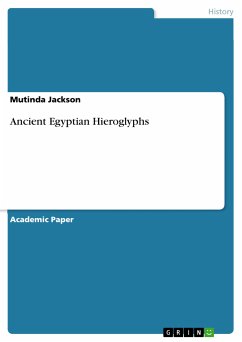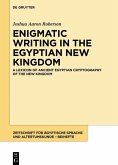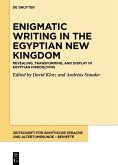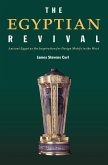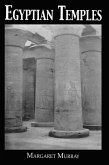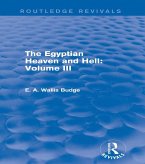Academic Paper from the year 2018 in the subject History - World History - Antiquity, grade: A, Mount Kenya University, language: English, abstract: Remarkably, the ancient Egyptians have been noted to have applied writing as a form of communicating information about an individual shown on a relief or sculpture. According to several scholars and historians, the Egyptians termed their writing as a divine word since they believed that Thoth, who was the god of wisdom, was responsible for their knowledge of writing (The British Museum 3). In this sense, the word hieroglyphs has been derived from a phrase that refers to sacred carvings which was used by the ancient Greek explorers to Egypt in describing the symbols which they saw on temple and tombs walls. Arguably, the number of hieroglyphic signs that were used in Egypt gradually grew to more than seven thousand, even though not all of these signs were regularly used. Hieroglyphs were selected from a variety of observed images such as people, buildings, birds and even trees. Moreover, some of these signs represented ancient Egyptian language sounds, although they represented consonants only; vowels were not written out. Scholars also note that these sounds did not take an alphabetic order because a single sound had the potential of representing a combination of two or even more consonants, for example, the gaming-board hieroglyph that represented the consonants mn (The British Museum 4). According to Egyptologists, these sounds are made pronounceable by placing an e in between the consonants such that mn will be read as men. However, several hieroglyphic signs were not pronounced at all, yet they played significant roles in clarifying meanings, for instance, a boat that follows the sign dpt-standing for the word boat.
Dieser Download kann aus rechtlichen Gründen nur mit Rechnungsadresse in A, B, BG, CY, CZ, D, DK, EW, E, FIN, F, GR, HR, H, IRL, I, LT, L, LR, M, NL, PL, P, R, S, SLO, SK ausgeliefert werden.

